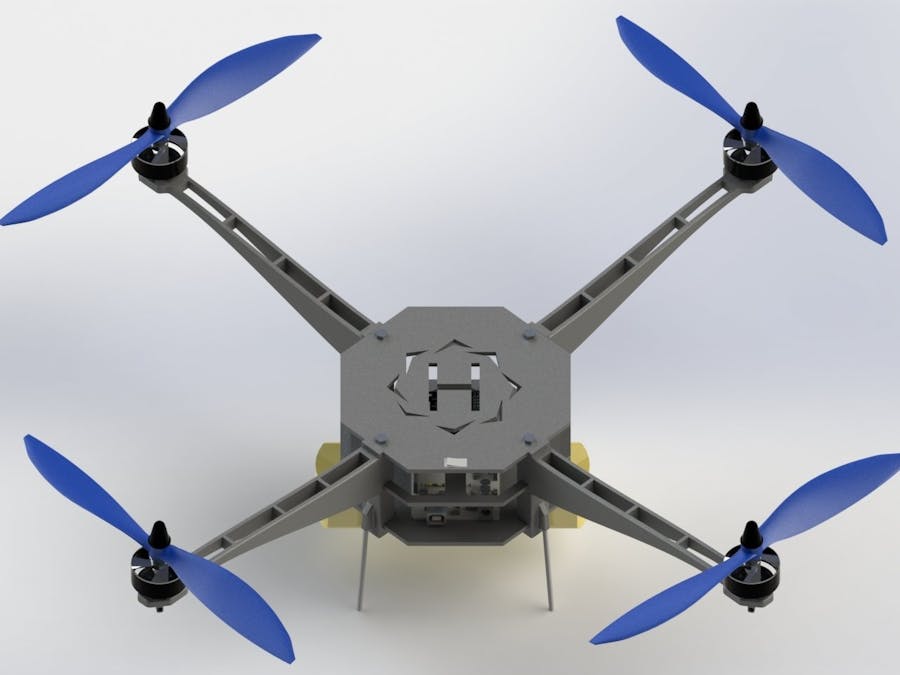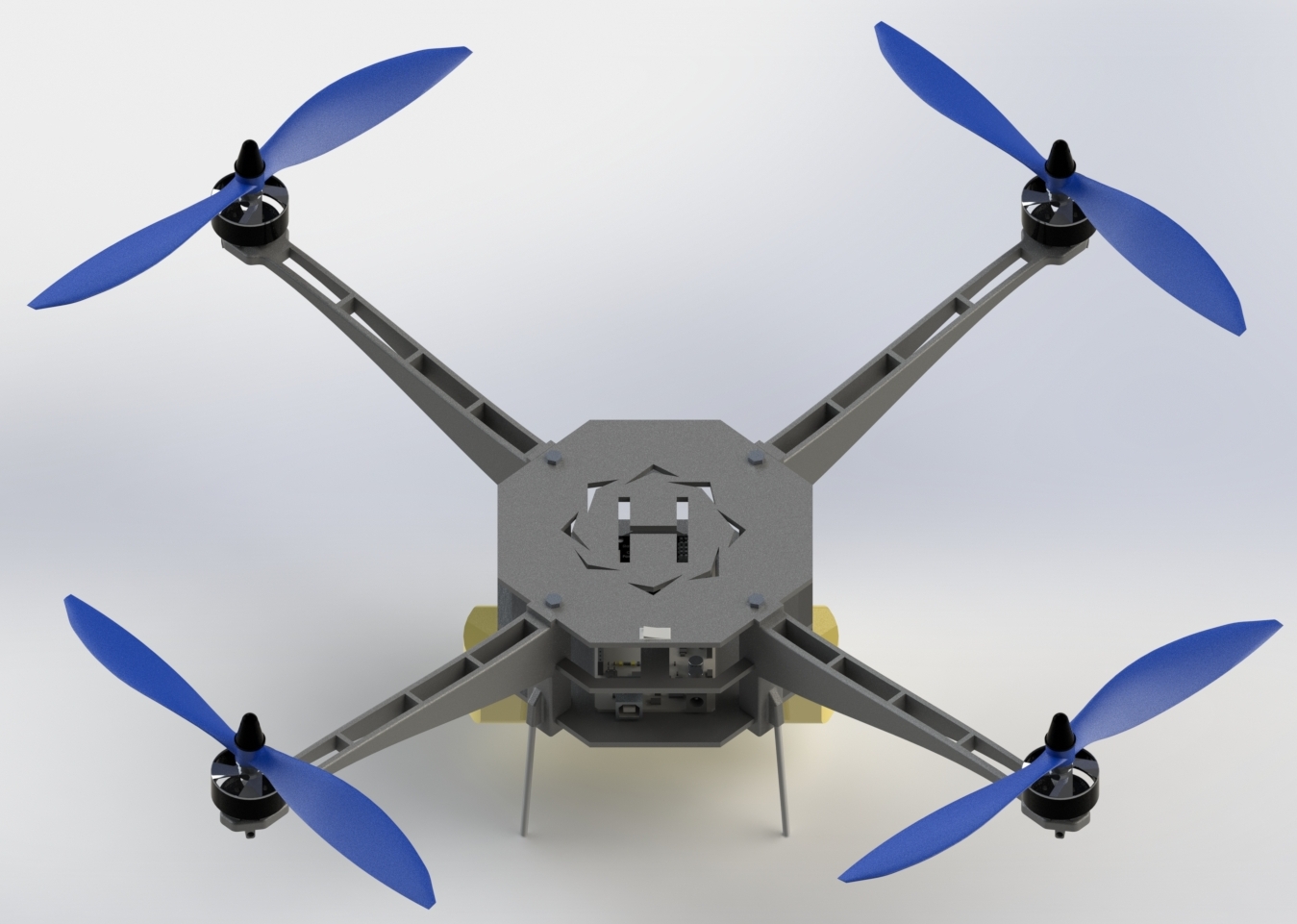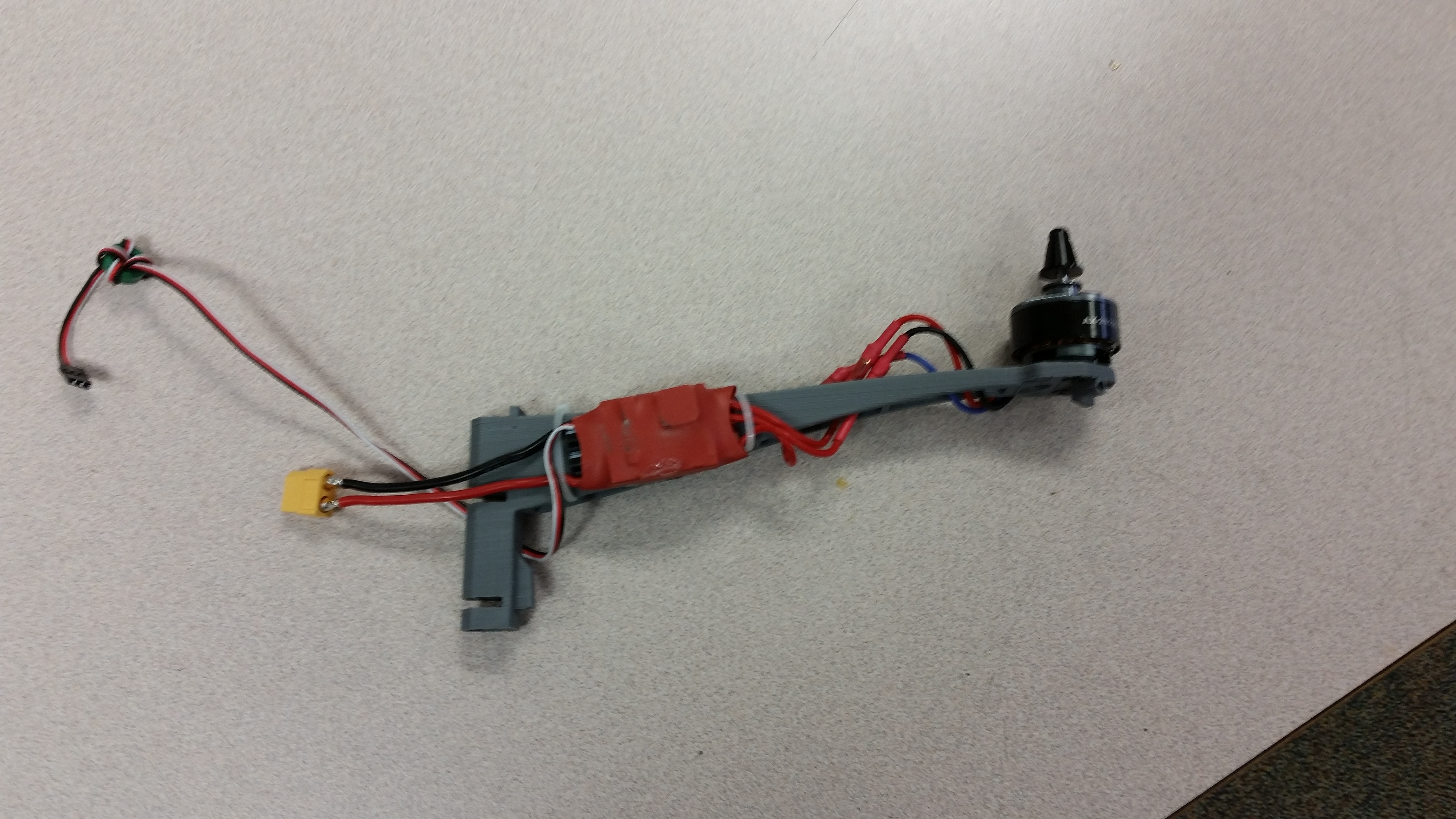This is a work in progress. I will continue to update this page regularly as I make progress. As a senior in high school, Drew, Jason, and I built a quadcopter named Helios. After several years, I have decided to revisit this project and share what we've learned with this amazing community!
Please feel free to comment below with questions or suggestions! If you want to get involved, please reach out! I'd love any help I could get. Also, check out my YouTube page or website to stay updated. Links below and in bio!
Signup for our email newsletter to receive project updates and support Project Apollo, our educational robotics kit!
_______________________________________________________
Power Up with Sony Spresense
Helios provides a great platform for a variety of mobile services. As a university student, I have given a lot of tours to visiting students and groups, especially from local middle and high schools.
The Sony Spresense is an awesome board with a lot of great functionality. Especially GPS and audio. With the Spresense, I am working on adding to the quadcopter the ability to navigate a campus or landmark and give guided tours. Eventually, this could be expanded to allow volunteers the ability to conduct tours remotely.
Setting up the Spresense is pretty straightforward and it's fun to use. The initial code isn't actually that much different as far as controlling the quadcopter goes. Although not completely finished, it essentially uses PWM to drive the ESC's and control the movement.
The Spresense documentation is well done.
I then added some more complicated components and added a few sketches. Here, I would rotate the servo, test the rangefinder values and was working on implement a BT app. Eventually this would be the interface for the Tours.
_______________________________________________________
Original Documentation (From 2014 - 2015)
Our final presentation, showing the culmination of a year's work! This has a lot of great insights into drone development, Arduino, Android, and Bluetooth!
After a few months of research on components needed to fly and looking into different flight controllers and control methods, we decided to use an OpenPilot CC3D flight controller, paired with an Arduino Mega. The Arduino can emulate PWM waves from a typical transmitter/receiver pair. For testing, we added functionality to an Android app that would control thrust, roll, pitch, and yaw values.
By adjusting values (via the app or OpenPilot software), we can see the incredible precision of the quad, especially it's ability to hold a position. I tried pulling pretty hard in the video above, and it barely budged!
In this video, we tested our Android app which communicates with the Arduino via a HC-06 BT module. The Arduino then emulates the PWM signals a RC receiver would normally send to the flight controller. At this point, this system replaces a RC transmitter/receiver pair. Nothing amazing, but what is essential is this opens the door for other functionality on the app or arduino side including sensor integration, waypoint based flight, or livestreaming data.














Comments
Please log in or sign up to comment.